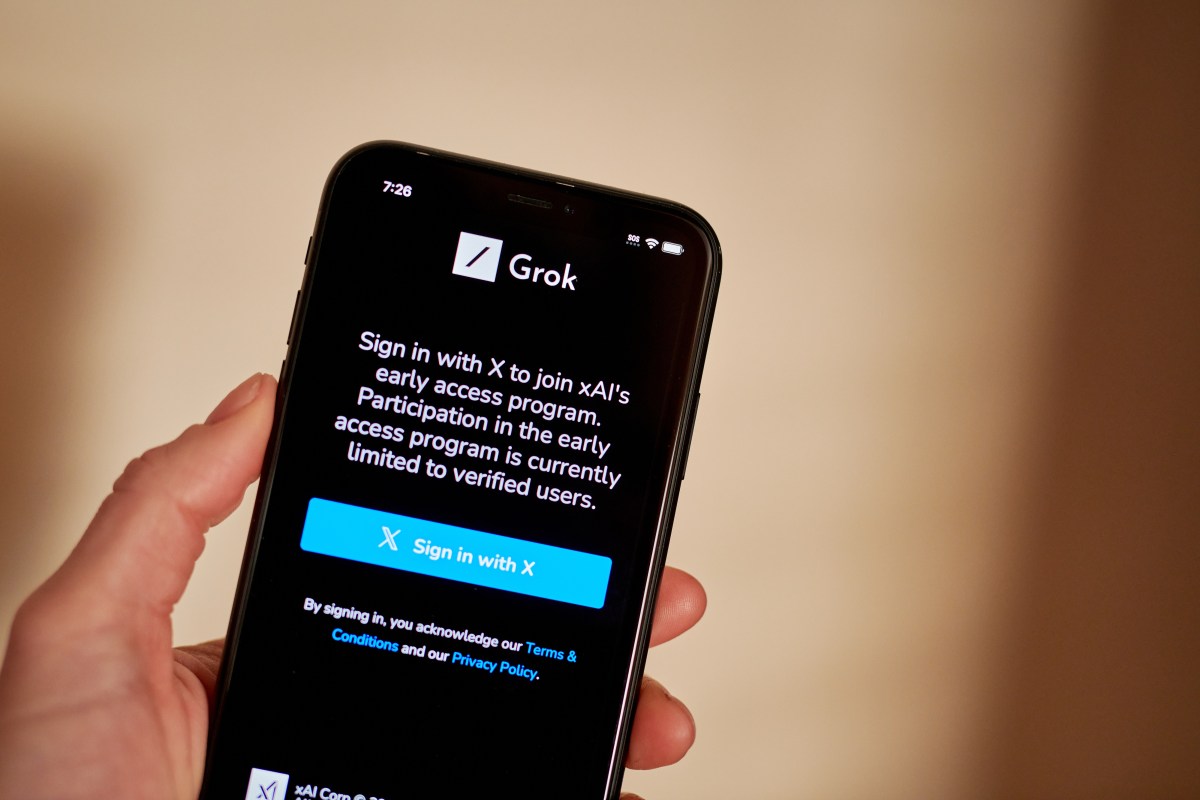Elon Musk’s AI company, xAI, released Grok 3, its long-awaited flagship AI model, last week. Grok 3 powers the Grok chatbot apps for mobile and the web, as well as the Grok experience on the Musk-owned social network X.
Given that there’s so much competition in the AI chatbot space these days, it wasn’t a foregone conclusion that Grok 3 would make much of an impact. OpenAI’s ChatGPT alone has grown to 400 million weekly active users. However, preliminary data suggests that the new model has indeed gotten people to download and try Grok.
According to estimates from Sensor Tower, a market intelligence firm, worldwide and U.S. mobile app downloads of Grok during the week of Grok 3’s release increased more than 10x each compared to the previous week. Daily active users for Grok’s U.S. app soared more than 260% last week, meanwhile, while global daily active users climbed 5x week-over-week.
Muddying the waters somewhat is the fact that Grok 3’s release coincided with the Grok app’s expansion to several markets in Europe, Latin America, and Southeast Asia. Some of the app’s global growth is likely attributable to this.
Grok’s web app also saw growth over the same period, though, independent of the mobile apps. According to digital intelligence platform SimilarWeb, U.S. daily visits to the Grok web app — to be specific, Grok.com — increased from around 189,000 to over 900,000 in the days following Grok 3’s release. Worldwide, daily visits grew from 627,000 to 4.5 million.
They’re impressive numbers, to be sure. But the big question is whether xAI can maintain the momentum and retain those users.
Recent controversies threaten to dampen enthusiasm for Grok 3. Over the weekend, the model briefly censored certain unflattering mentions of President Donald Trump and Musk, a change that xAI attributed to a rogue employee. A few days earlier, users discovered that Grok 3 would consistently say that President Trump and Musk deserve the death penalty. xAI quickly patched that issue, as well.


